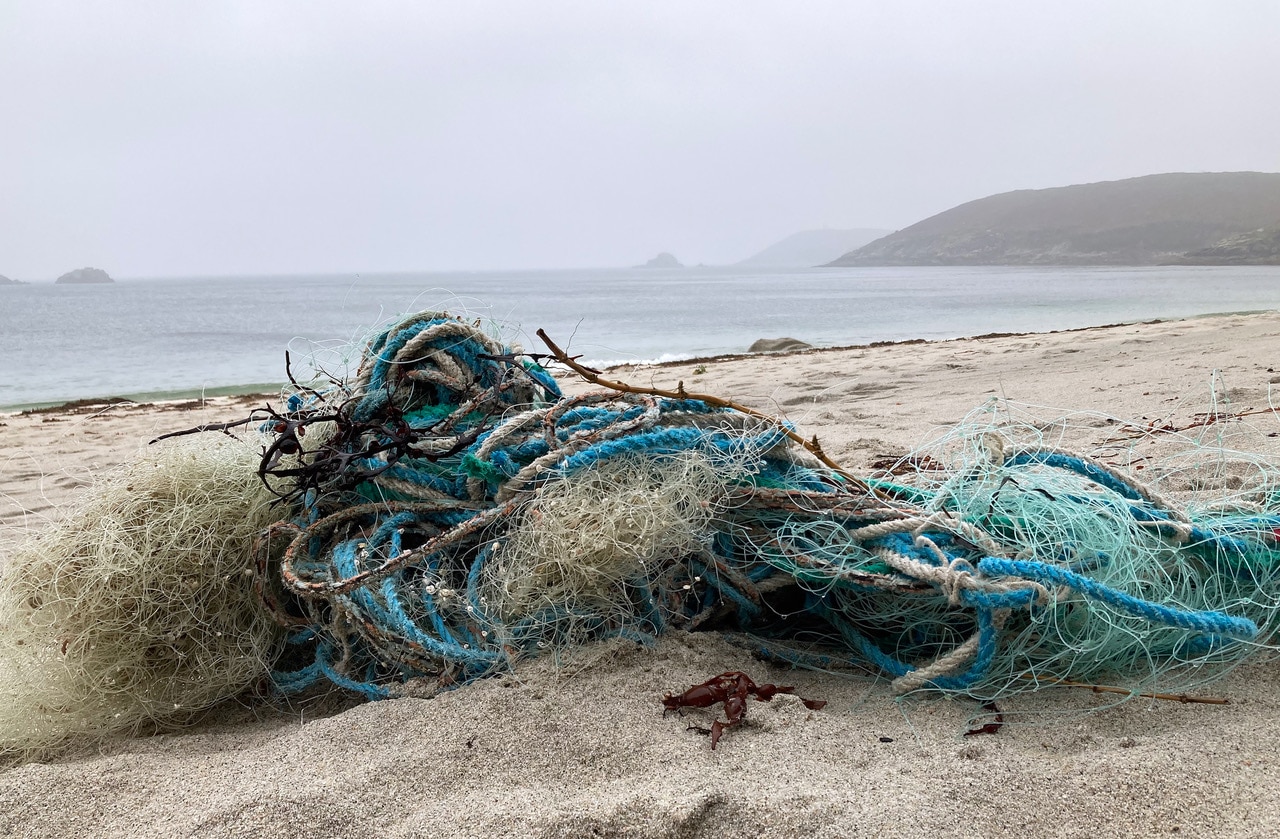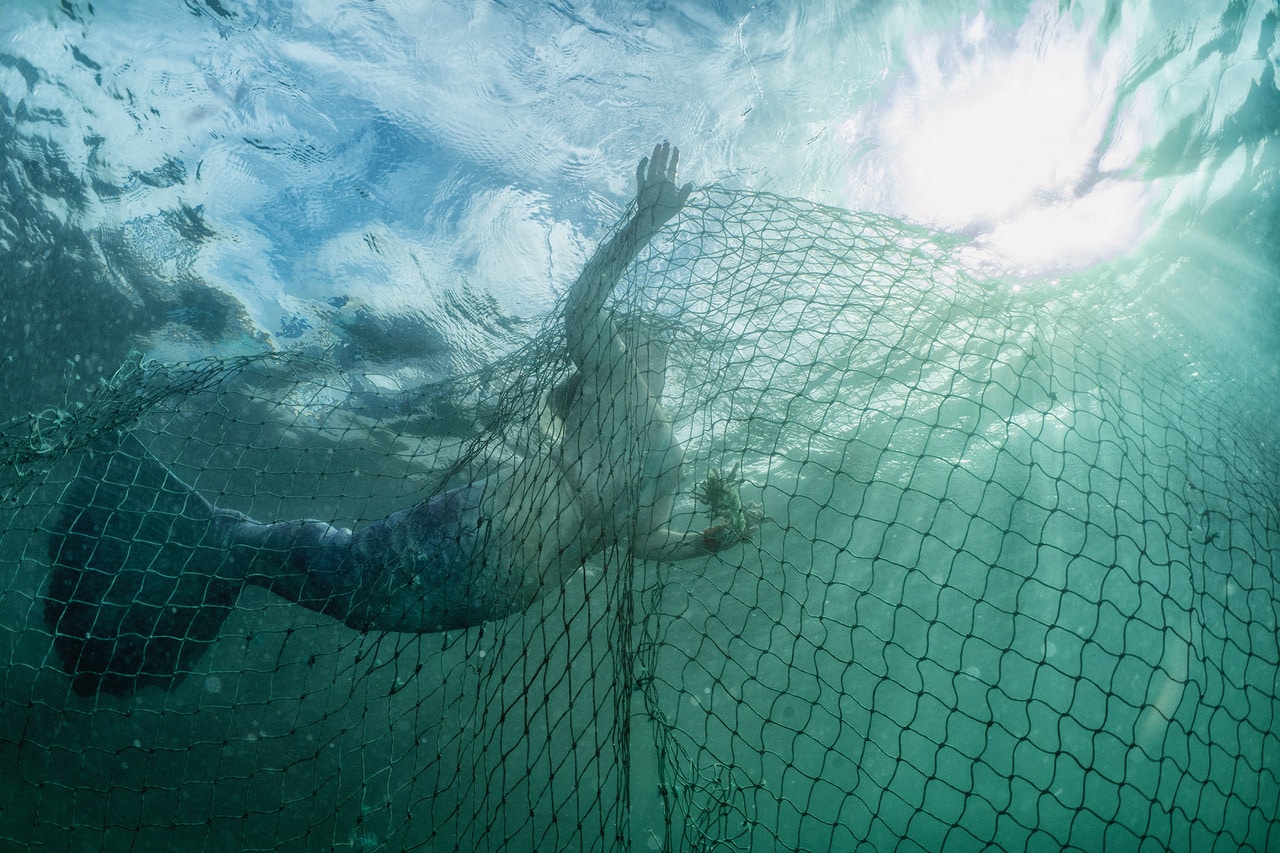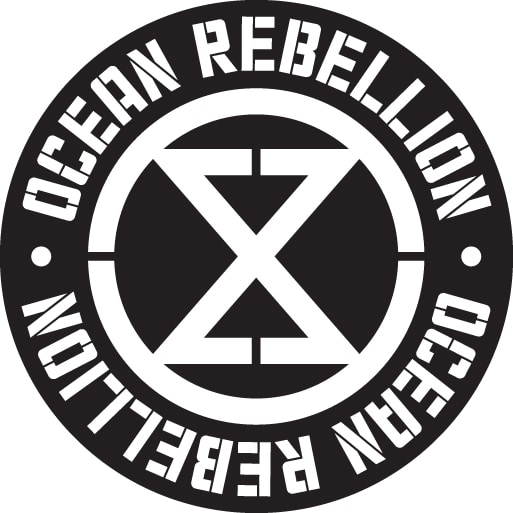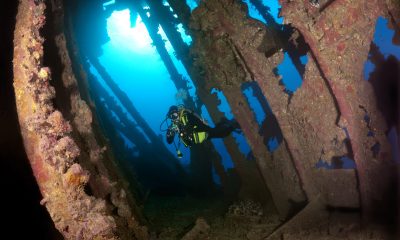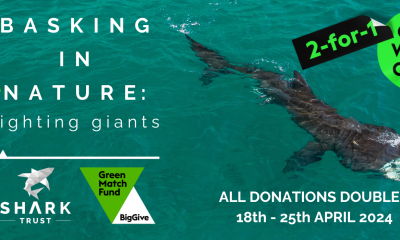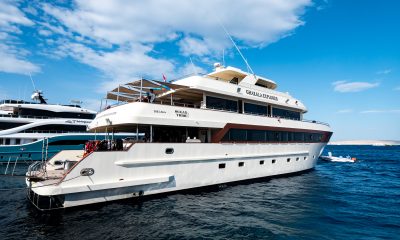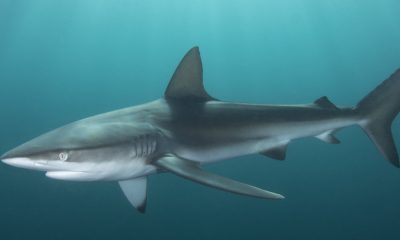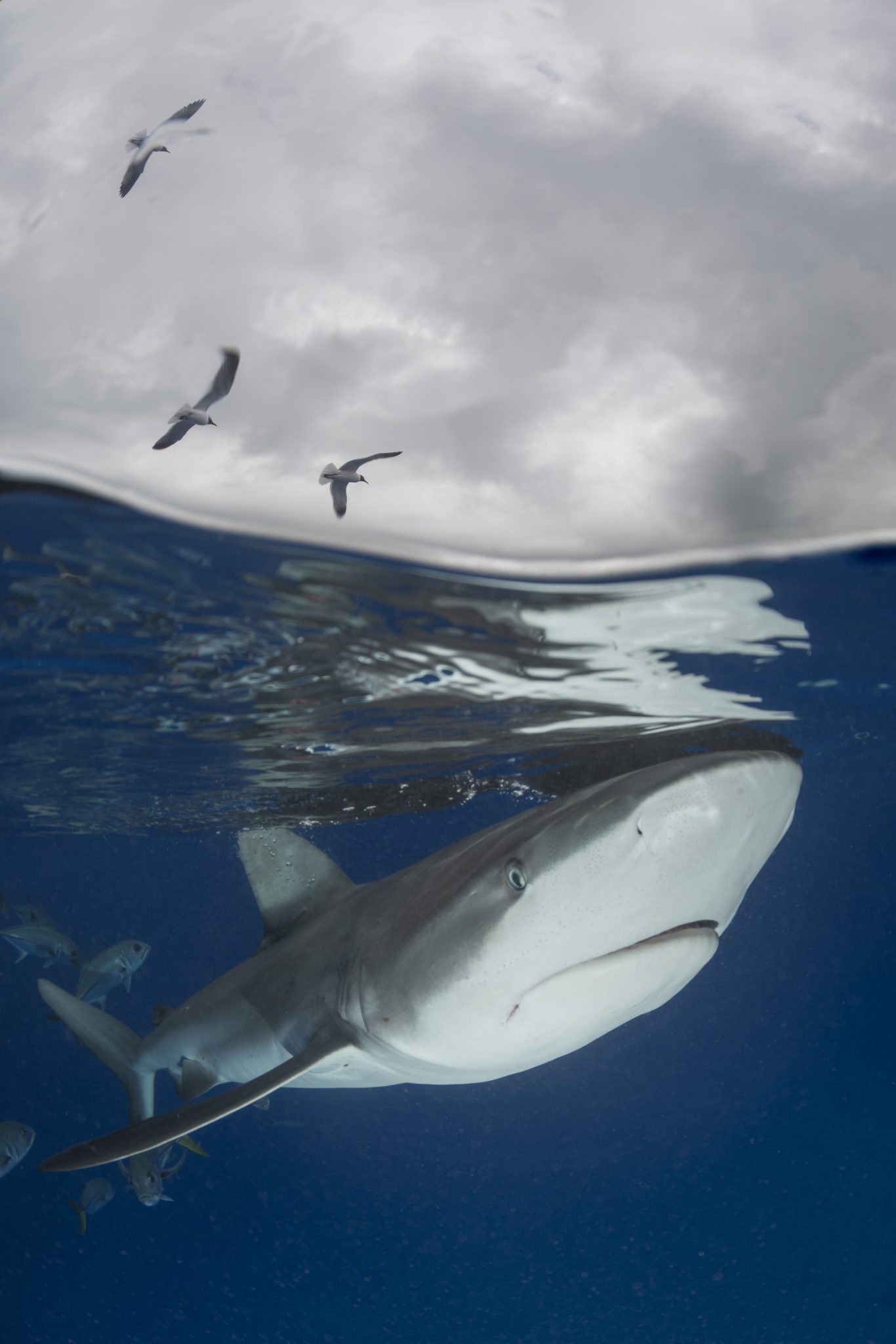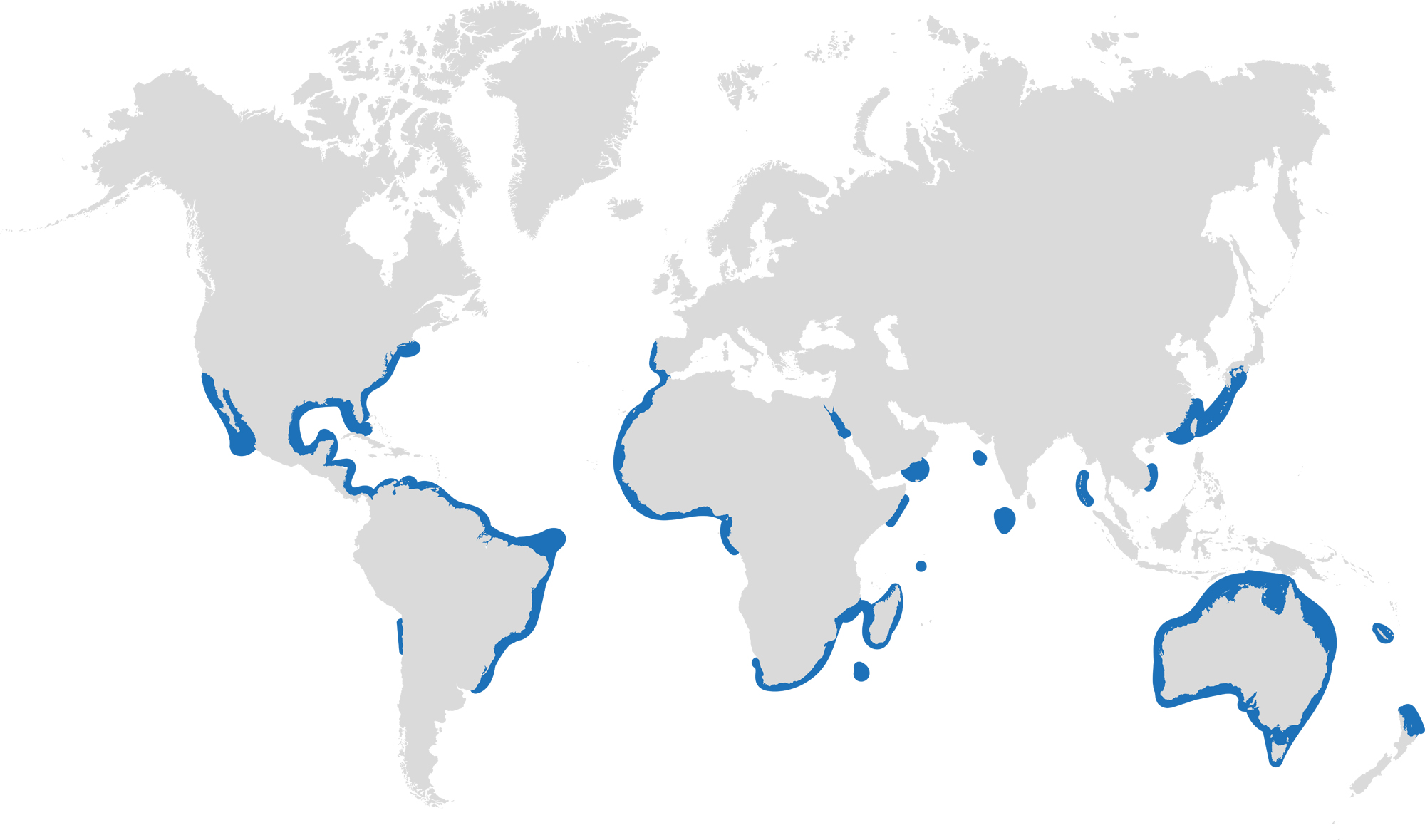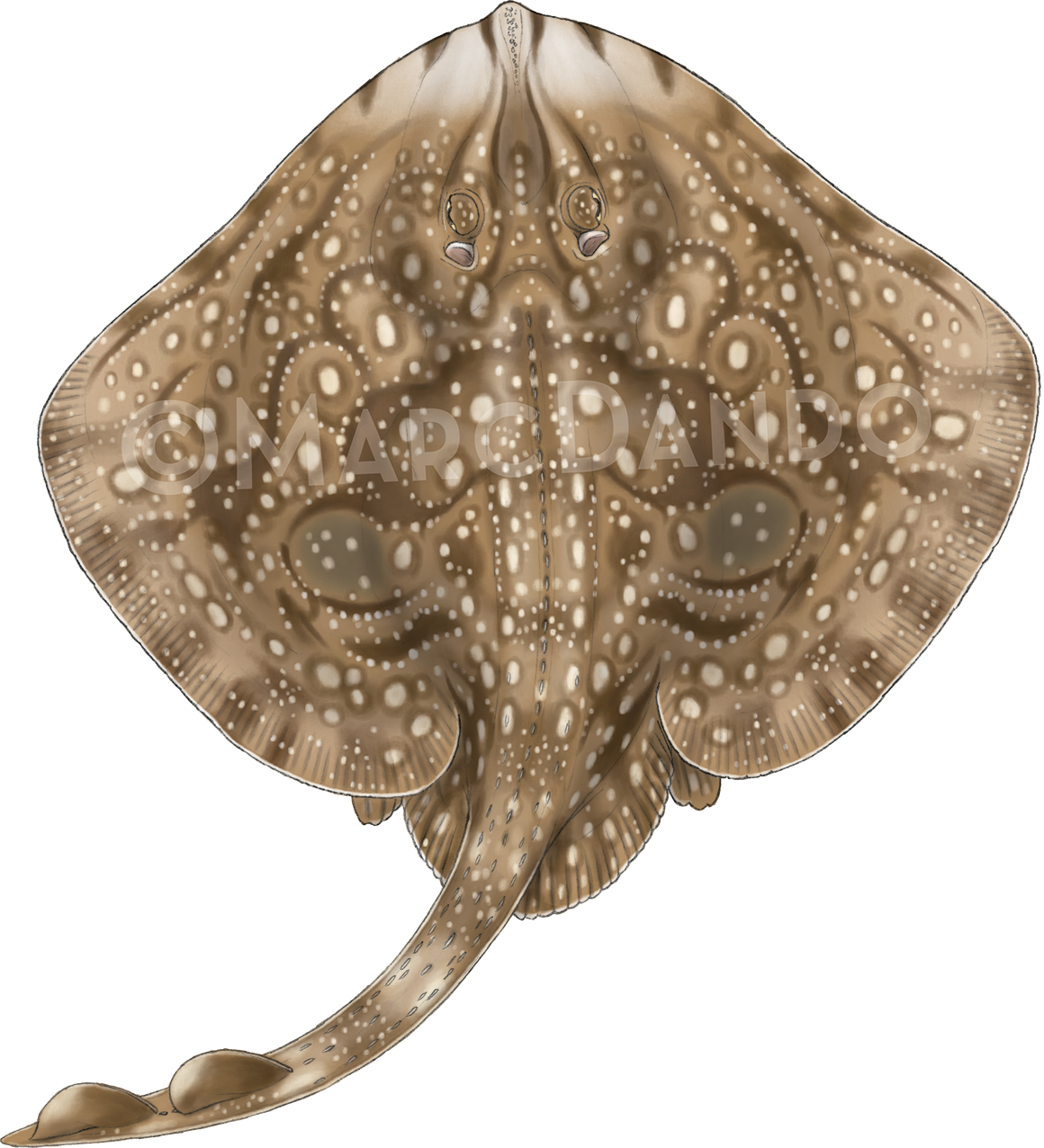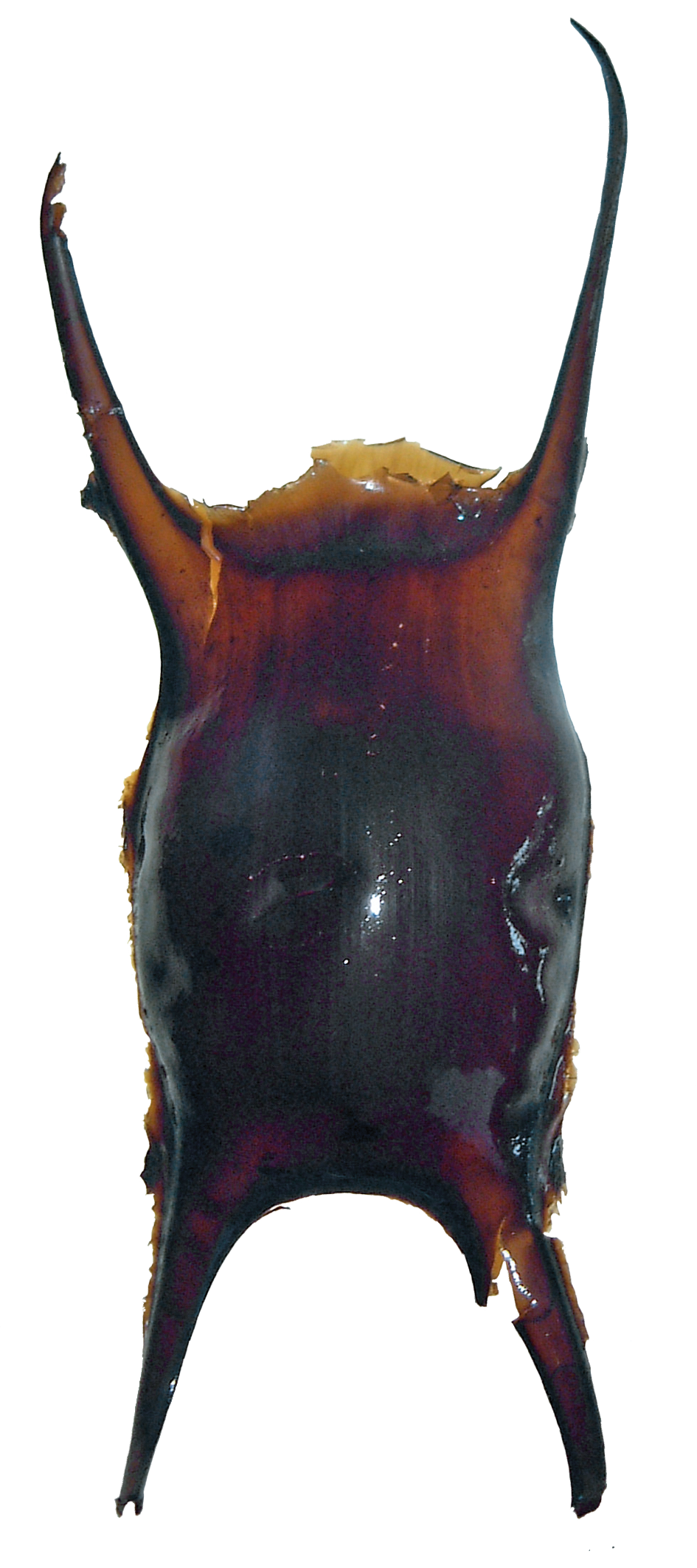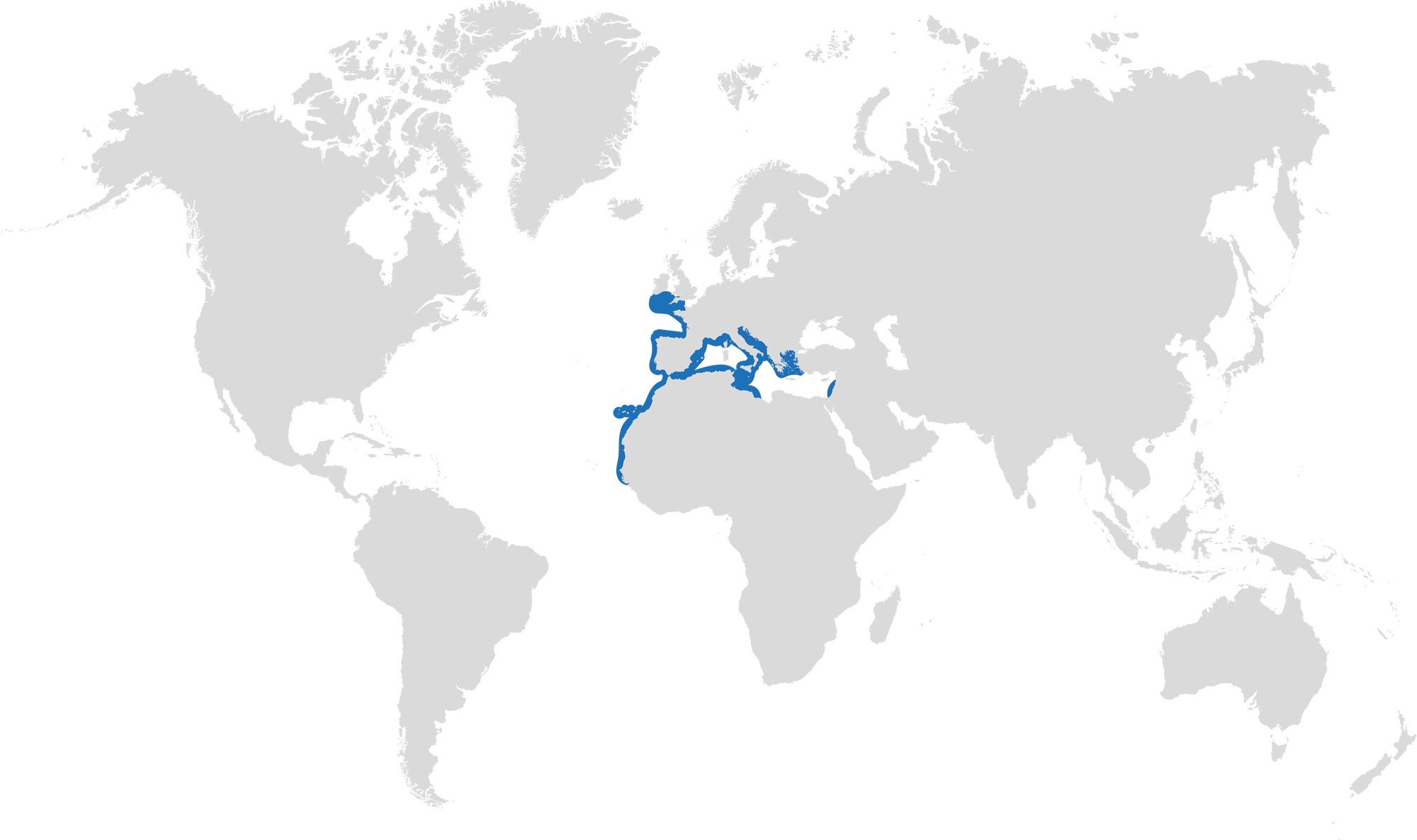Marine Life & Conservation Blogs
Divers, Protect our Seas.
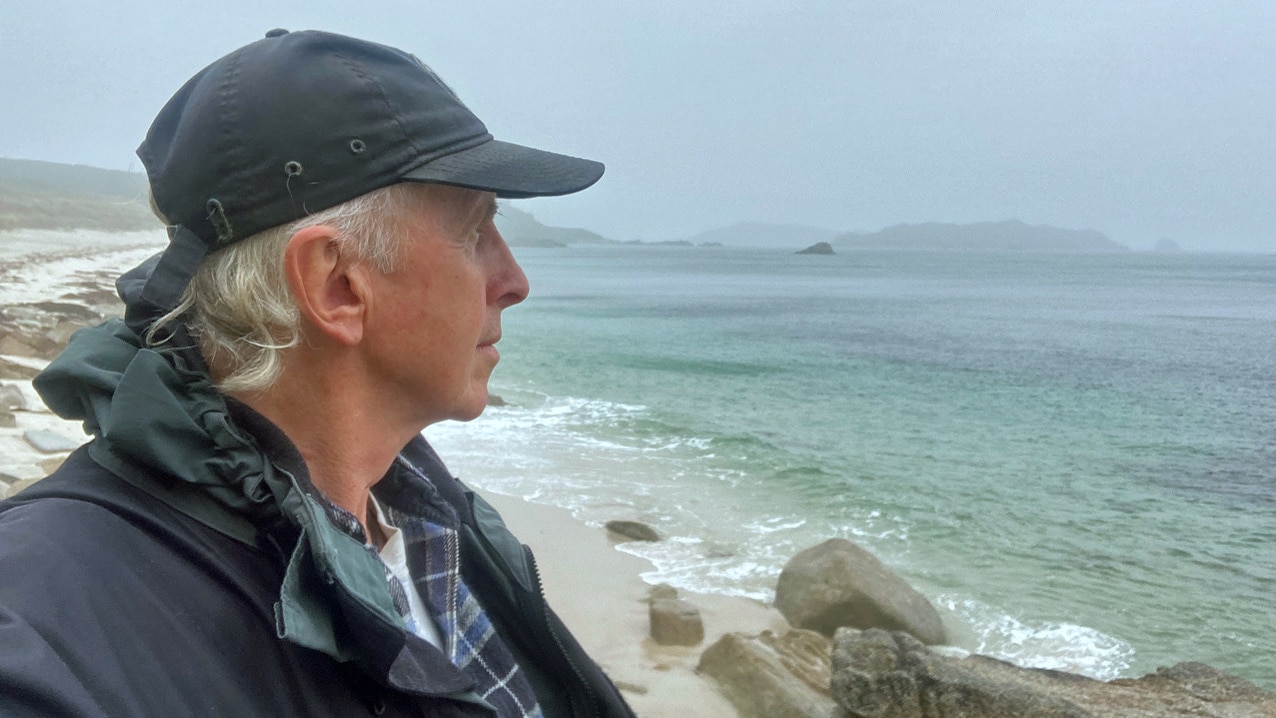
As divers and lovers of the ocean, we need to understand and protect this now fragile environment. We are the few who actually visit and see what is going on below the water. For those of you who have been diving many years, you will have seen the degradation of marine life and habitat first hand. For those newer to diving take stock of what we have and help to protect it.
There are many factors contributing to the demise of the world’s oceans. Pollution, climate change and over-fishing are the three most obvious. Globally, these issues are slowly being addressed but over-fishing is still knocking on the back door of reason. We still continue to support factory industrial fishing by buying their products. As I see fish stocks diminishing every year I know we have passed the point where sustainable commercial fishing is a viable option. We keep species on the brink of commercial extinction and are then alarmed when they crash. We are changing the very nature of our oceans, and not for the better.
I was recently on a UK off-island enjoying the peace and relative isolation from modern day trappings. As I sat on a quiet beach, I saw a seal rise out of the water just a few hundred meters from the shore. It stayed on the surface for about thirty seconds and then sank out of site. Lovely. Then to my surprise it surfaced after a few minutes in exactly the same spot. This happened a few more times before I realised with absolute sadness that the seal was trapped by something and was fighting to the surface for air before being dragged back down. What could I do…….Nothing…. It was very cold and I had no wet suit to swim out and try to help. But even if I did the danger and risk of being caught myself was high as well as the possibility of being bitten by the panicking seal. I tried to phone a few local people to ask if anyone with a boat could help. But there was no signal and I knew in my heart that there were no boats anywhere near. I ran to the top of the hill and tried to call again. My fears were confirmed. There was no one who could help.
I went back down to the water and could only watch as the seal continued to fight for its life, surfacing every few minutes and taking deep breaths before being pulled under by what ever it was. On the beach next to me was part of a washed up fishing net. This was more than likely the kind of thing trapping the seal. I watched for half an hour. Caught up in my emotions and helplessness. I desperately wanted the seal to break free but I knew that was not going to happen. After another hour I wished the seal not to come up again so that its suffering was at an end. But it kept fighting. I stayed there until it started getting dark. In some stupid way I felt I should keep it company. To say you are not alone and will be remembered.
The tide was rising, making the seal’s struggle to the surface harder with every passing minute. I had to leave. I didn’t go back to see if it fought throughout the night, although I have know seals and other marine mammals have done that. In the end the seal would have finally drowned and is now resting on the sea bed, bloated and entangled. If I had not seen this happening no one would have ever known. How much more is there happening out of sight that we just don’t witness.
As I was writing this I was introduced to Ocean Rebellion who have just produced a short film shot in Cornwall on netting and trawling. It is a stark film called ‘No More Fish In The Sea’ and can be seen on YouTube. It shows a Mermaid trapped and drowning in a net. You may think this over the top, but the horrors of drowning, in any circumstance, are the same for all air breathing animals, whales, dolphins, seals, sea birds, otters and many others and must not be ignored just because most victims are not human. If you can, watch the video and think hard about what it is saying.
‘No More Fish In The Sea’
The introduction to the video says:
Due to industrial fishing practices there is now no such thing as sustainable fishing. If we transform our fishing practices this could change. We need to end the wholesale destruction of the ocean through factory fishing on an industrial scale.
Ocean rebellion is calling for an end to industrial fishing practices and an end to bottom trawling now.
Bottom trawling is a devastating form of fishing that wreaks havoc on the sea bed, ripping up swathes of precious marine habitats and killing vast amounts of sea life. For every bottom trawled fish on your plate up to 16 other fish will have been caught and killed.
Living oceans mean a living planet and a living humankind. But humans are killing the oceans. When they die, we die. Their future hangs in the balance – and with them the future of humans and all life on Earth. Ocean Rebellion will help turn the tide.
Bottom trawling is killing us all.
Oceanic wildlife has a wonderful ability to recover if we leave it alone.
Because the sea is rising we will rise
Because the coral is fading we will fight
As the seas are mined we will mobilise
While the oceans are plundered we will protest
Lifeguards wanted
Join us.
Marine Life & Conservation Blogs
Creature Feature: Dusky Shark

 In this series, the Shark Trust will be sharing amazing facts about different species of sharks and what you can do to help protect them.
In this series, the Shark Trust will be sharing amazing facts about different species of sharks and what you can do to help protect them.
This month we’re taking a look at the Dusky Shark, a highly migratory species with a particularly slow growth rate and late age at maturity.
Dusky sharks are one of the largest species within the Carcharhinus genus, generally measuring 3 metres total length but able to reach up to 4.2 metres. They are grey to grey-brown on their dorsal side and their fins usually have dusky margins, with the darkest tips on the caudal fin.
Dusky Sharks can often be confused with other species of the Carcharhinus genus, particularly the Galapagos Shark (Carcharhinus galapagensis). They have very similar external morphology, so it can be easier to ID to species level by taking location into account as the two species occupy very different ecological niches – Galapagos Sharks prefer offshore seamounts and islets, whilst duskies prefer continental margins.
Hybridisation:
A 2019 study found that Dusky Sharks are hybridising with Galapagos Sharks on the Eastern Tropical Pacific (Pazmiño et al., 2019). Hybridisation is when an animal breeds with an individual of another species to produce offspring (a hybrid). Hybrids are often infertile, but this study found that the hybrids were able to produce second generation hybrids!
Long distance swimmers:
Dusky sharks are highly mobile species, undertaking long migrations to stay in warm waters throughout the winter. In the Northern Hemisphere, they head towards the poles in the summer and return southwards towards the equator in winter. The longest distance recorded was 2000 nautical miles!
Very slow to mature and reproduce:
The Dusky Shark are both targeted and caught as bycatch globally. We already know that elasmobranchs are inherently slow reproducers which means that they are heavily impacted by overfishing; it takes them so long to recover that they cannot keep up with the rate at which they are being fished. Dusky Sharks are particularly slow to reproduce – females are only ready to start breeding at roughly 20 years old, their gestation periods can last up to 22 months, and they only give birth every two to three years. This makes duskies one of the most vulnerable of all shark species.
The Dusky Shark is now listed on Appendix II of the Convention on the Conservation of Migratory Species (CMS), but further action is required to protect this important species.
Scientific Name: Carcharhinus obscurus
Family: Carcharhinidae
Maximum Size: 420cm (Total Length)
Diet: Bony fishes, cephalopods, can also eat crustaceans, and small sharks, skates and rays
Distribution: Patchy distribution in tropical and warm temperate seas; Atlantic, Indo-Pacific and Mediterranean.
Habitat: Ranges from inshore waters out to the edge of the continental shelf.
Conservation status: Endangered.
For more great shark information and conservation visit the Shark Trust Website
Images: Andy Murch
Diana A. Pazmiño, Lynne van Herderden, Colin A. Simpfendorfer, Claudia Junge, Stephen C. Donnellan, E. Mauricio Hoyos-Padilla, Clinton A.J. Duffy, Charlie Huveneers, Bronwyn M. Gillanders, Paul A. Butcher, Gregory E. Maes. (2019). Introgressive hybridisation between two widespread sharks in the east Pacific region, Molecular Phylogenetics and Evolution 136(119-127), https://doi.org/10.1016/j.ympev.2019.04.013.
Marine Life & Conservation Blogs
Creature Feature: Undulate Ray
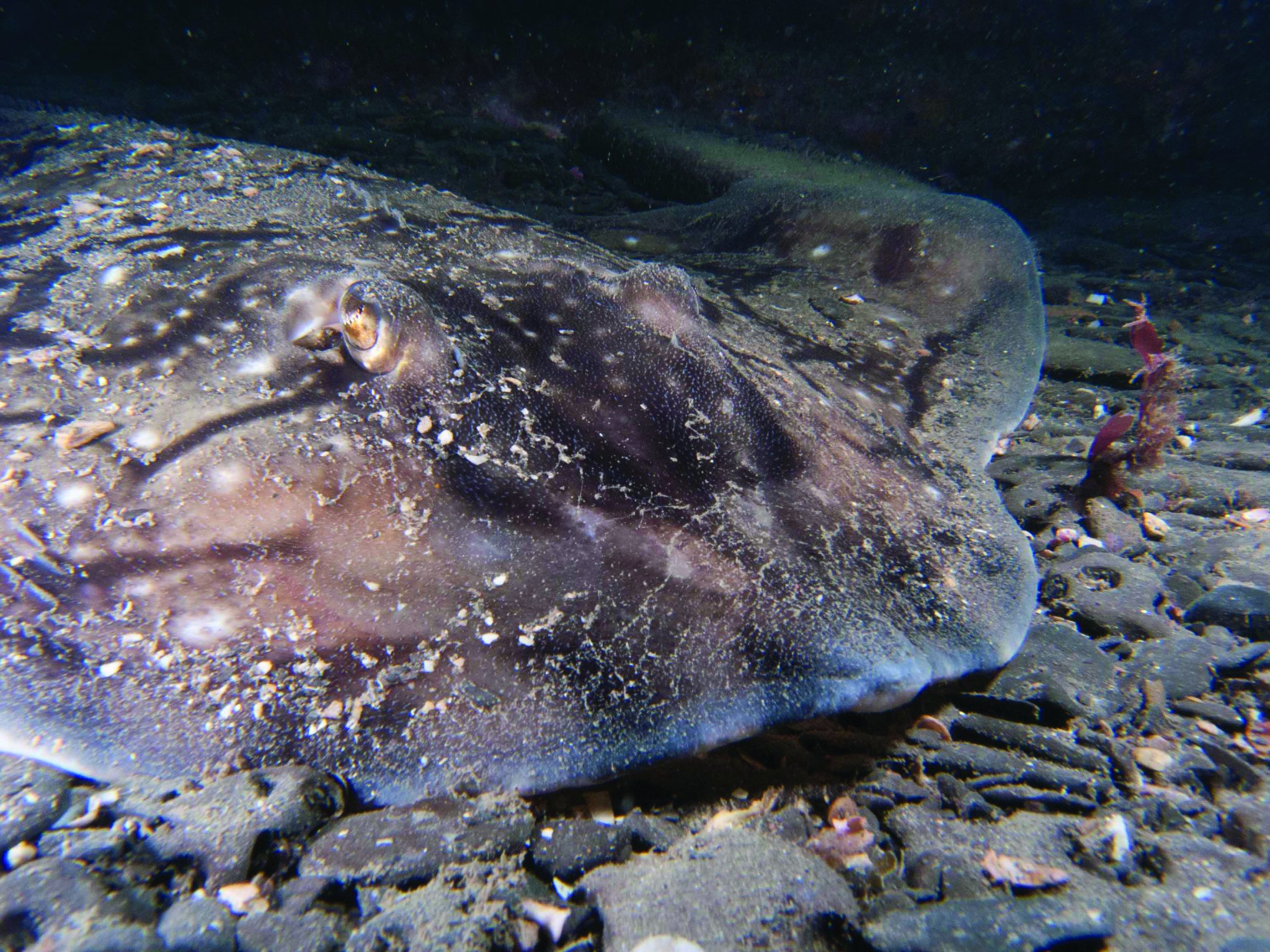
 In this series, the Shark Trust will be sharing amazing facts about different species of sharks and what you can do to help protect them.
In this series, the Shark Trust will be sharing amazing facts about different species of sharks and what you can do to help protect them.
This month we’re looking at the Undulate Ray. Easily identified by its beautiful, ornate pattern, the Undulate Ray gets its name from the undulating patterns of lines and spots on its dorsal side.
This skate is usually found on sandy or muddy sea floors, down to about 200 m deep, although it is more commonly found shallower. They can grow up to 90 cm total length. Depending on the size of the individual, their diet can range from shrimps to crabs.
Although sometimes called the Undulate Ray, this is actually a species of skate, meaning that, as all true skates do, they lay eggs. The eggs are contained in keratin eggcases – the same material that our hair and nails are made up of! These eggcases are also commonly called mermaid’s purses and can be found washed up on beaches all around the UK. If you find one, be sure to take a picture and upload your find to the Great Eggcase Hunt – the Shark Trust’s flagship citizen science project.
It is worth noting that on the south coasts, these eggcases can be confused with those of the Spotted Ray, especially as they look very similar and the ranges overlap, so we sometimes informally refer to them as ‘Spundulates’.
Scientific Name: Raja undulata
Family: Rajidae
Maximum Size: 90cm (total length)
Diet: shrimps and crabs
Distribution: found around the eastern Atlantic and in the Mediterranean Sea.
Habitat: shelf waters down to 200m deep.
Conservation Status : As a commercially exploited species, the Undulate Ray is a recovering species in some areas. The good thing is that they have some of the most comprehensive management measures of almost any elasmobranch species, with both minimum and maximum landing sizes as well as a closed season. Additionally, targeting is entirely prohibited in some areas. They are also often caught as bycatch in various fisheries – in some areas they can be landed whilst in others they must be discarded.
IUCN Red List Status: Endangered
For more great shark information and conservation visit the Shark Trust Website
Image Credits: Banner – Sheila Openshaw; Illustration – Marc Dando
-
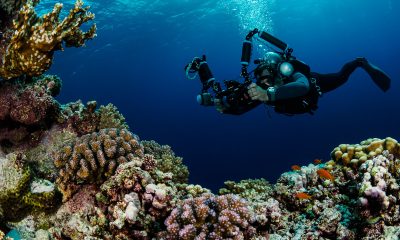
 News3 months ago
News3 months agoHone your underwater photography skills with Alphamarine Photography at Red Sea Diving Safari in March
-
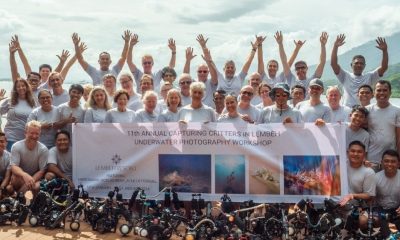
 News3 months ago
News3 months agoCapturing Critters in Lembeh Underwater Photography Workshop 2024: Event Roundup
-
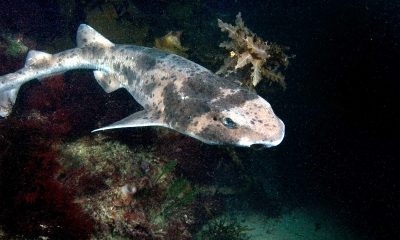
 Marine Life & Conservation Blogs2 months ago
Marine Life & Conservation Blogs2 months agoCreature Feature: Swell Sharks
-
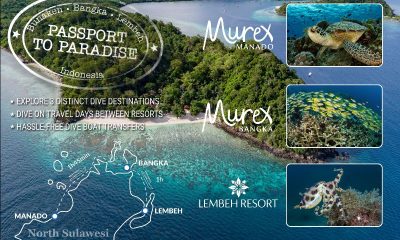
 Blogs2 months ago
Blogs2 months agoMurex Resorts: Passport to Paradise!
-
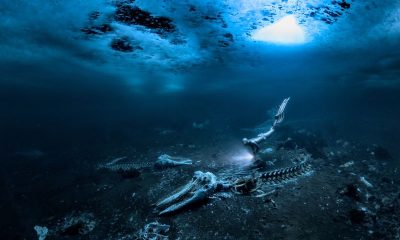
 Blogs2 months ago
Blogs2 months agoDiver Discovering Whale Skeletons Beneath Ice Judged World’s Best Underwater Photograph
-

 Gear Reviews2 months ago
Gear Reviews2 months agoGear Review: Oceanic+ Dive Housing for iPhone
-
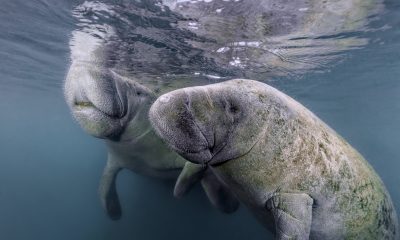
 Marine Life & Conservation2 months ago
Marine Life & Conservation2 months agoSave the Manatee Club launches brand new webcams at Silver Springs State Park, Florida
-
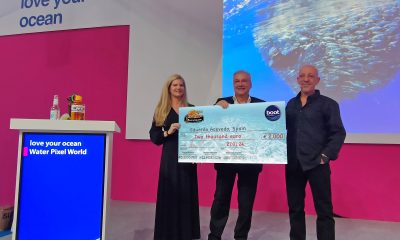
 News3 months ago
News3 months agoWorld’s Best Underwater Photographers Unveil Breathtaking Images at World Shootout 2023


